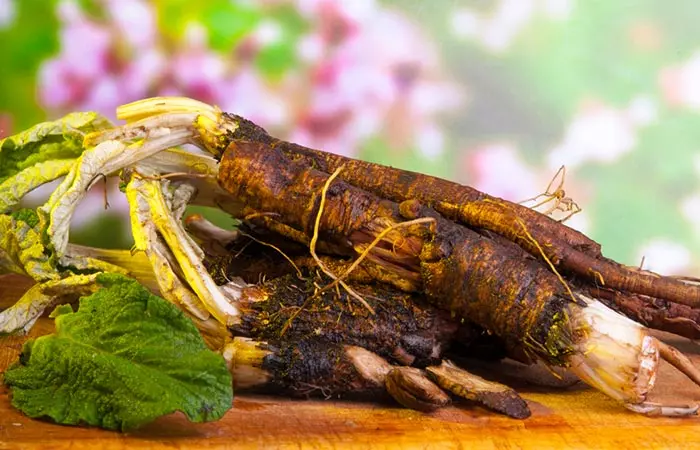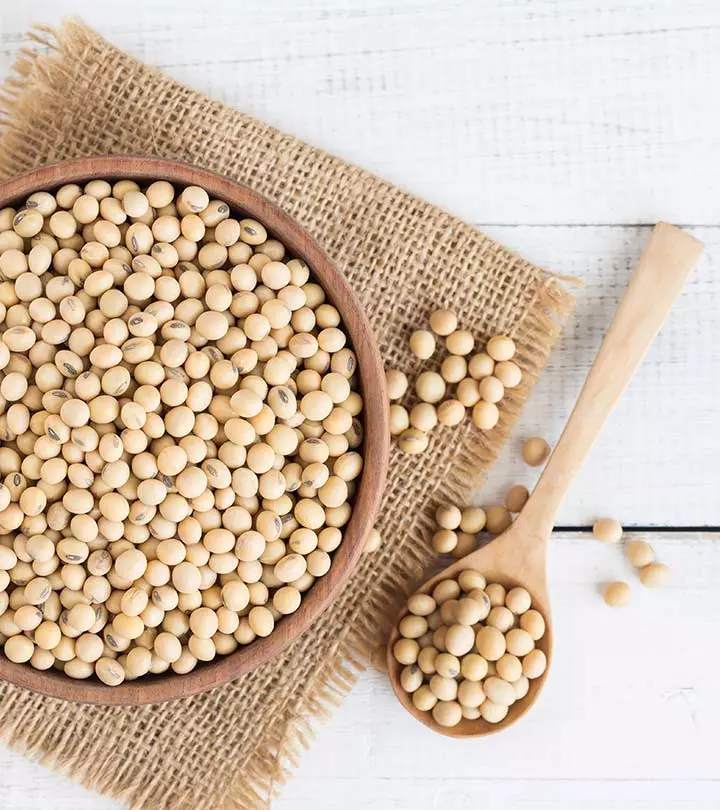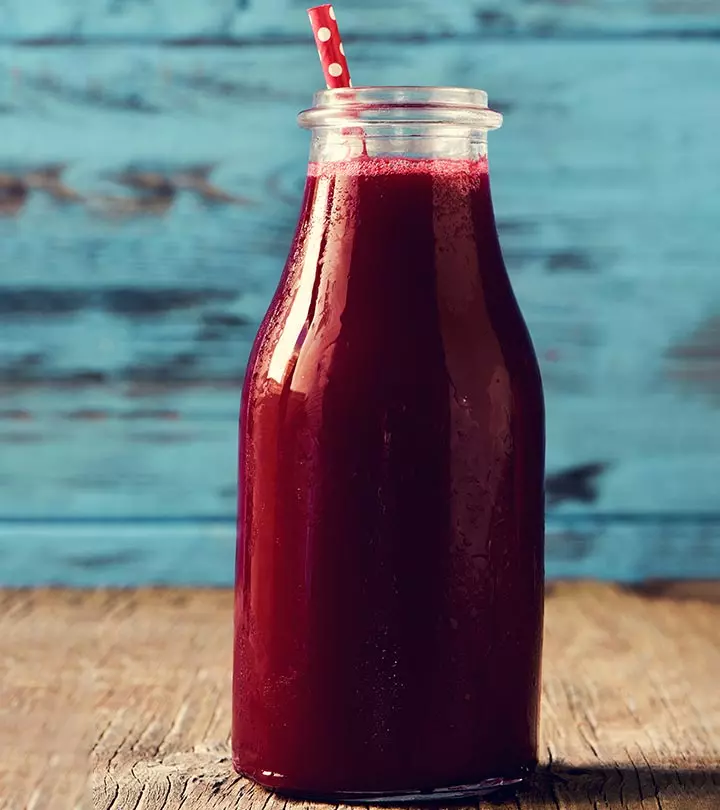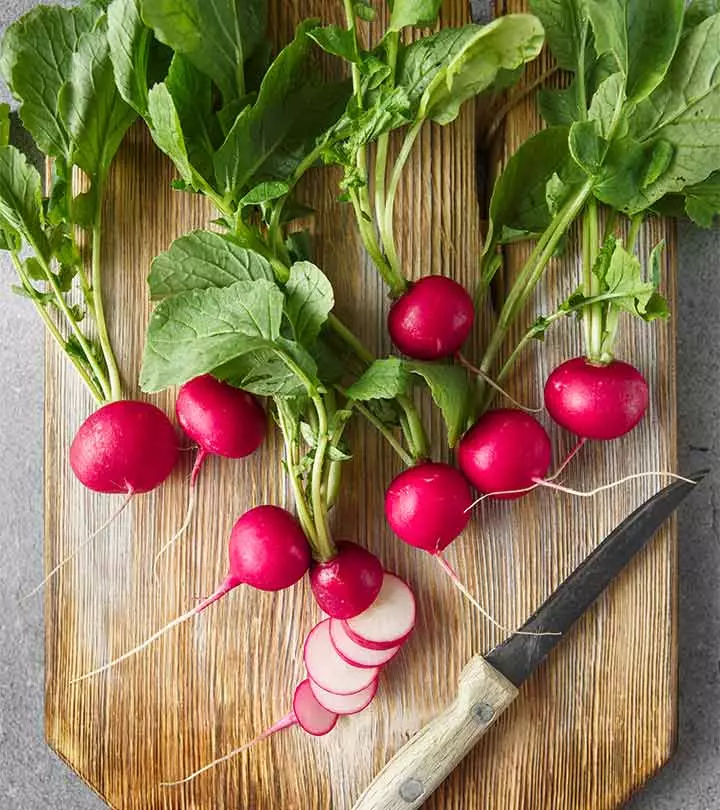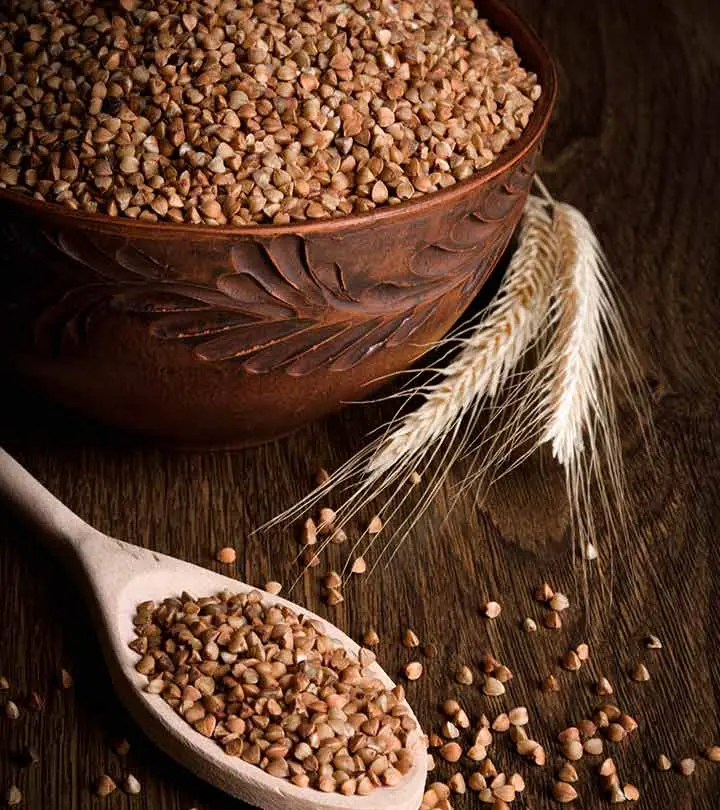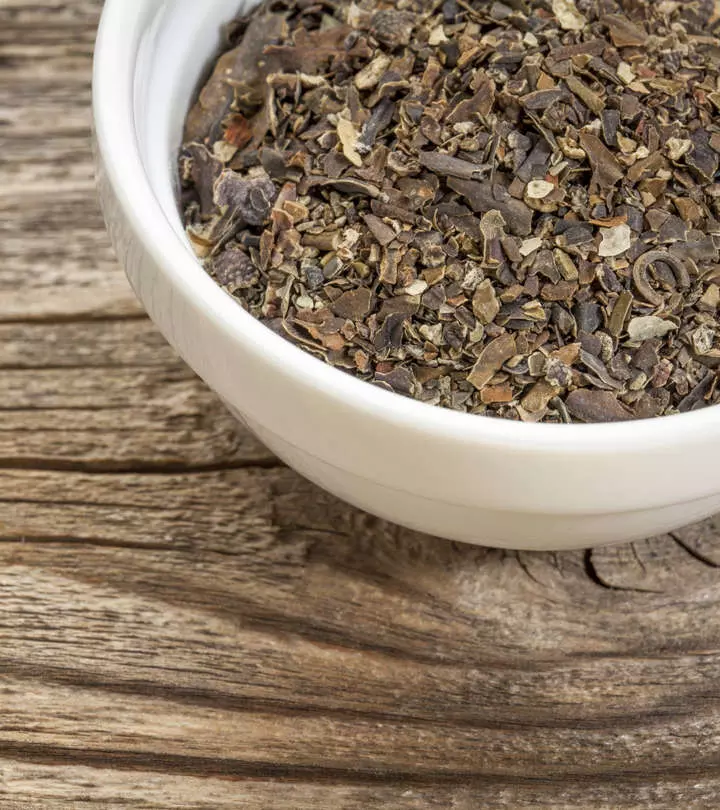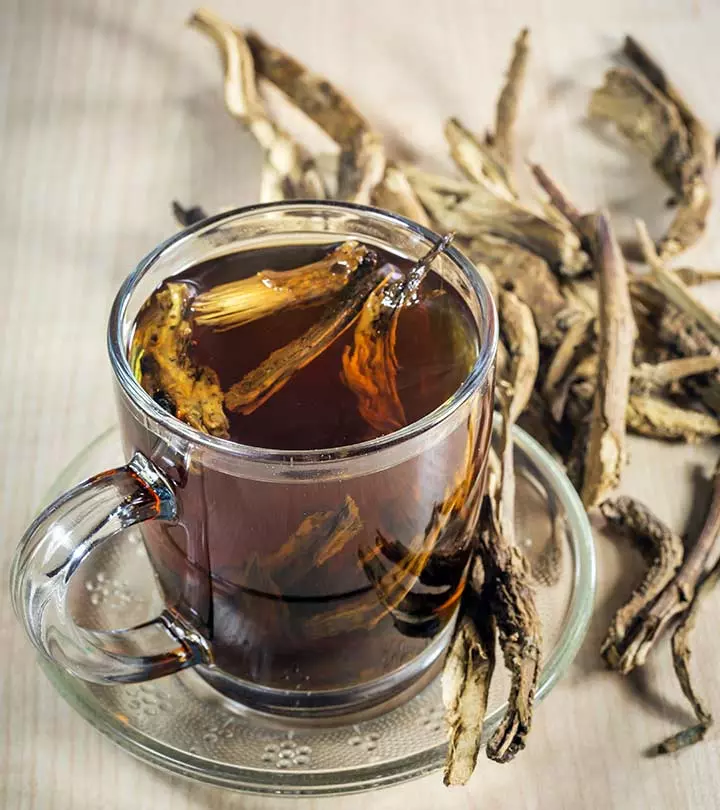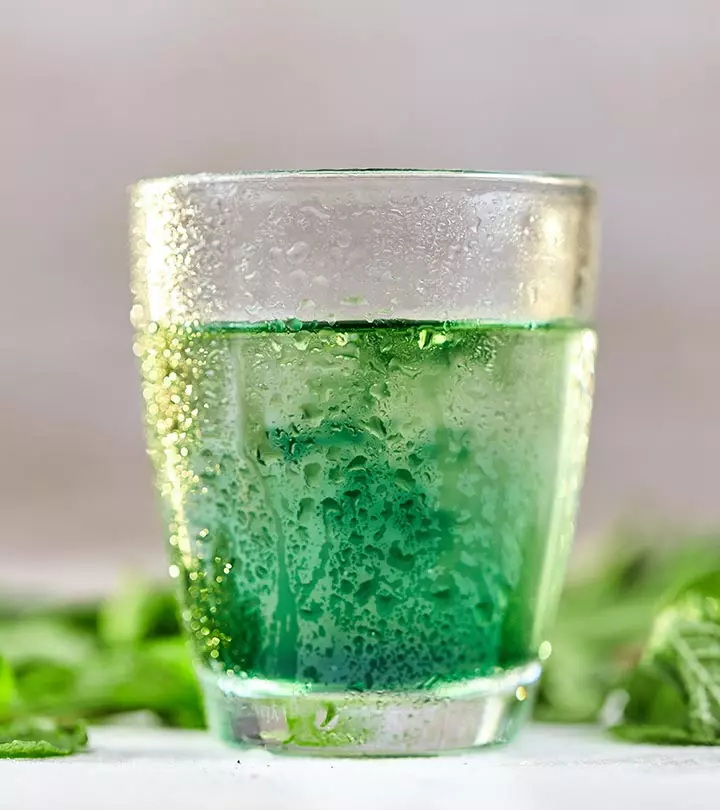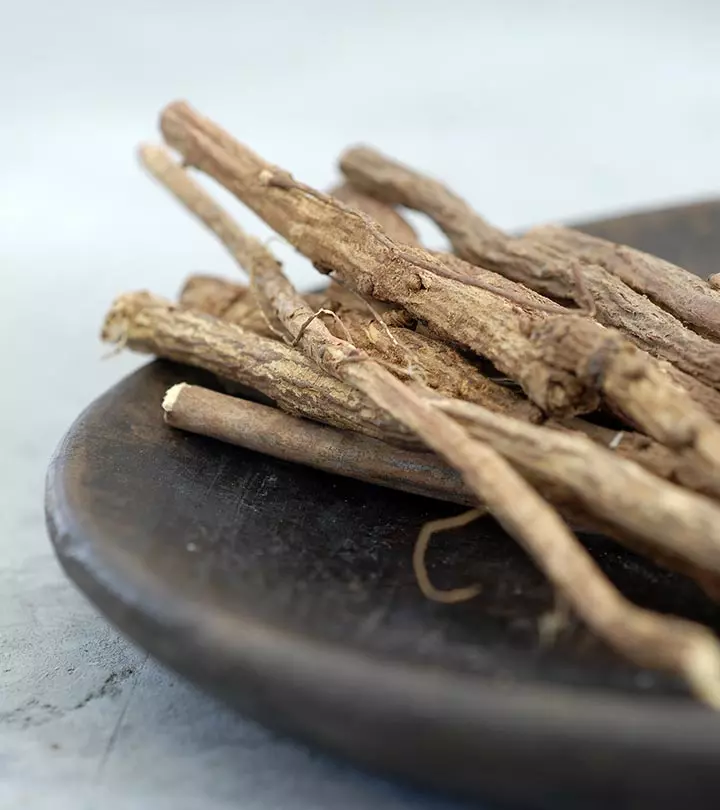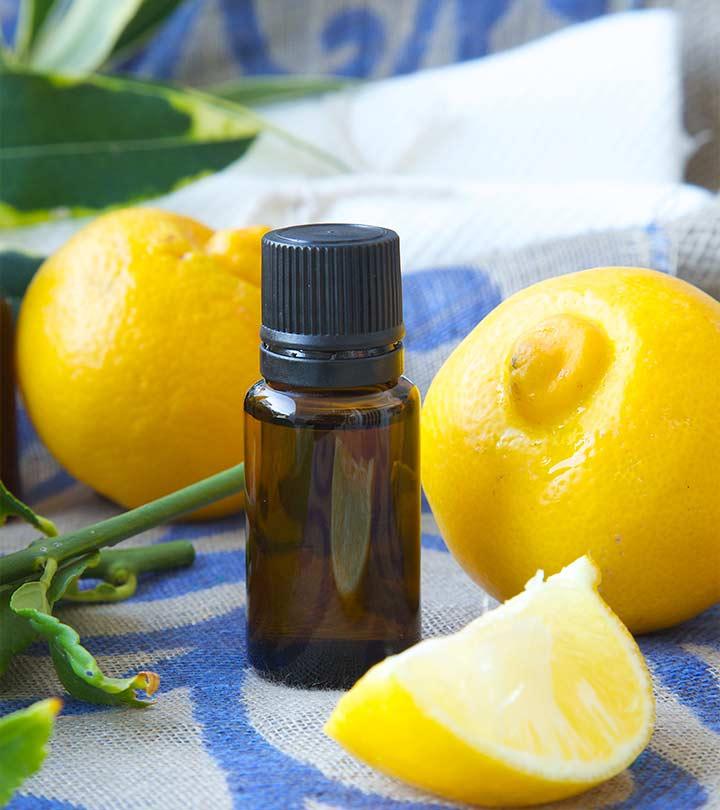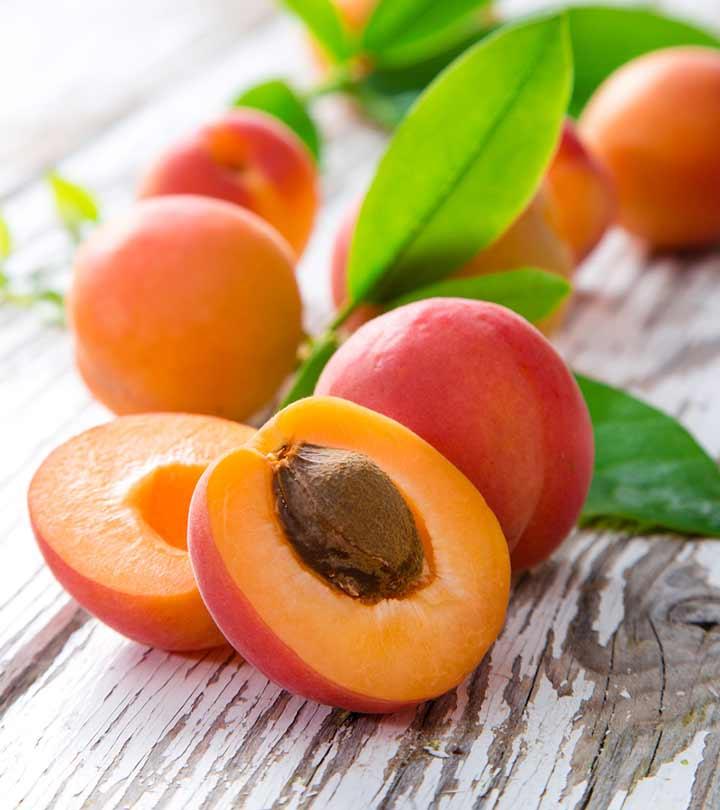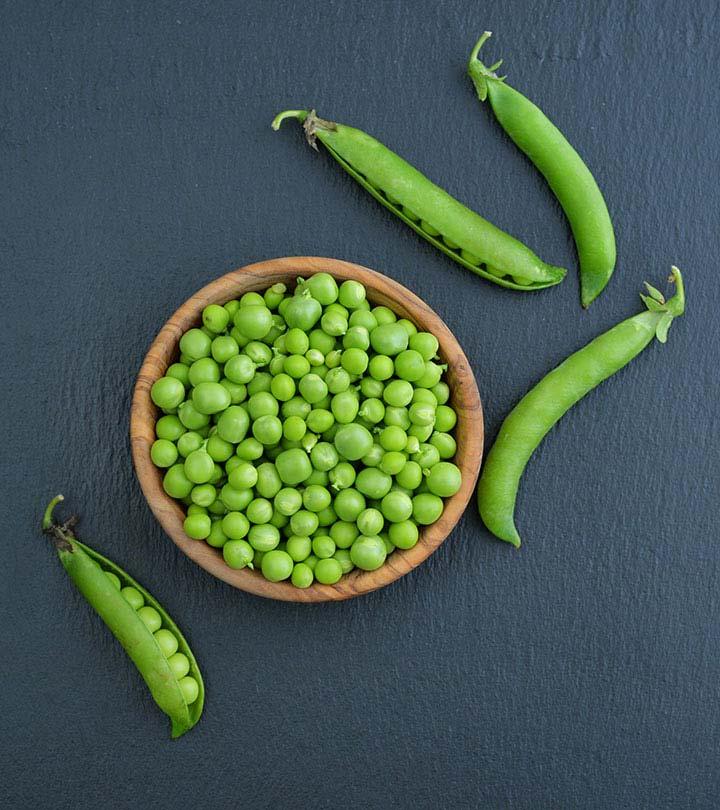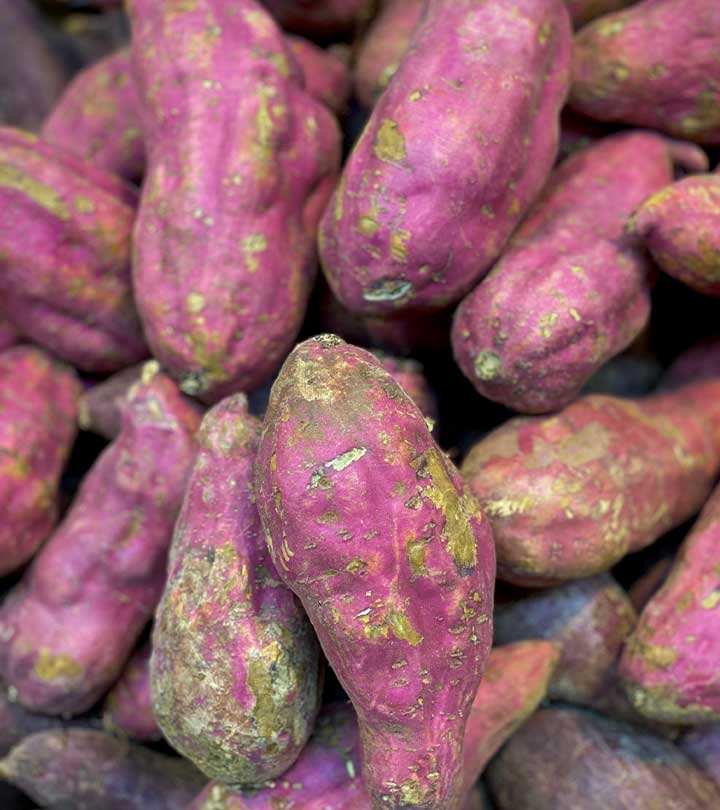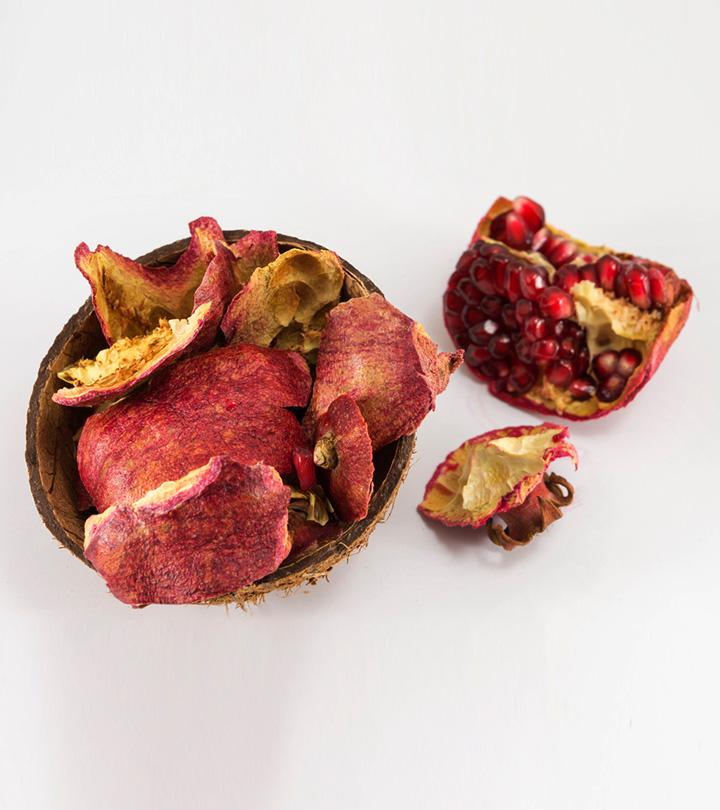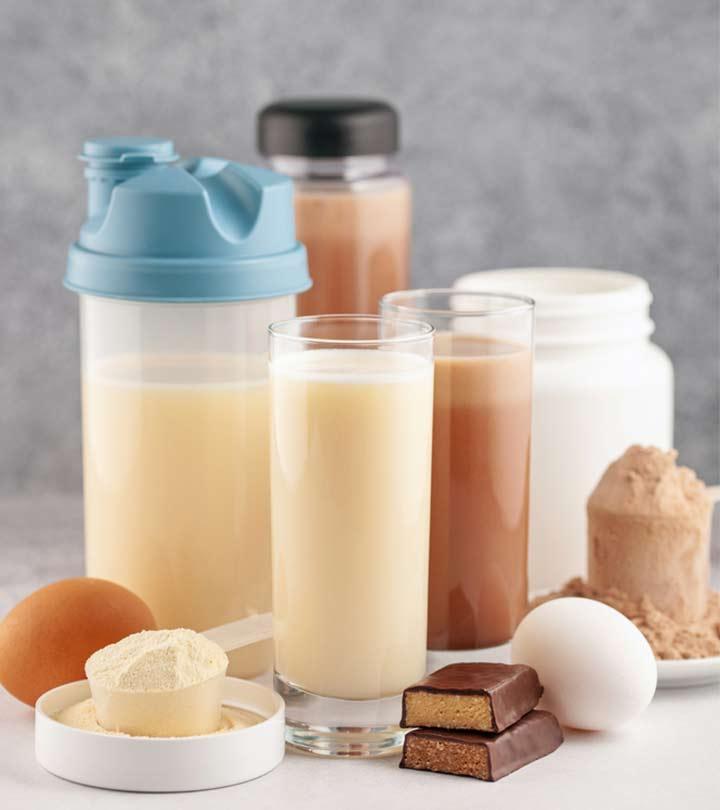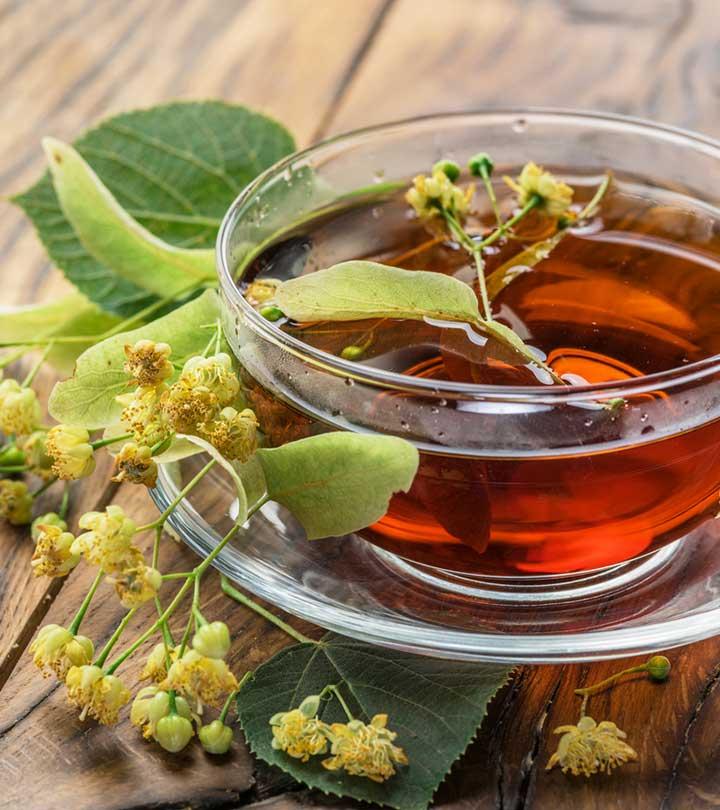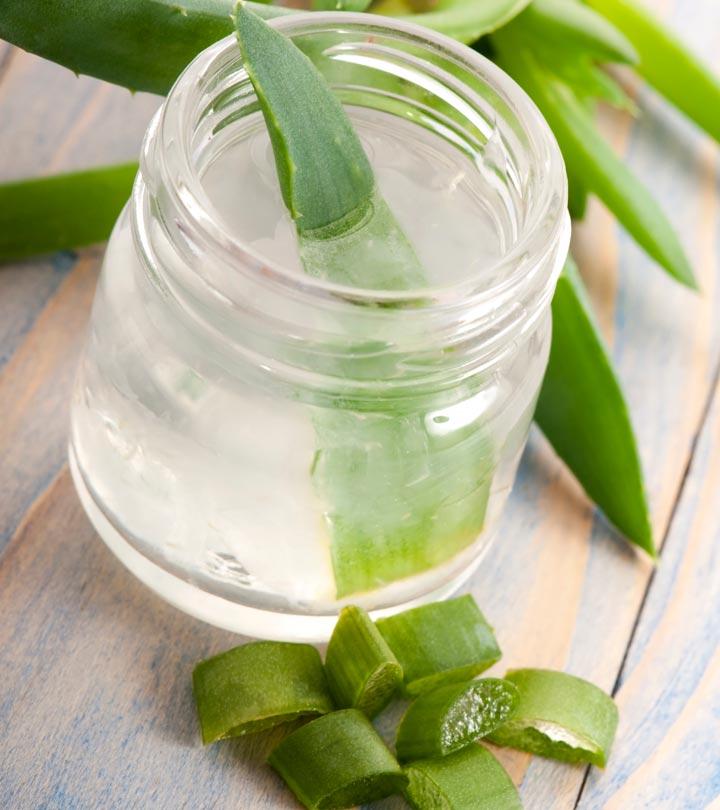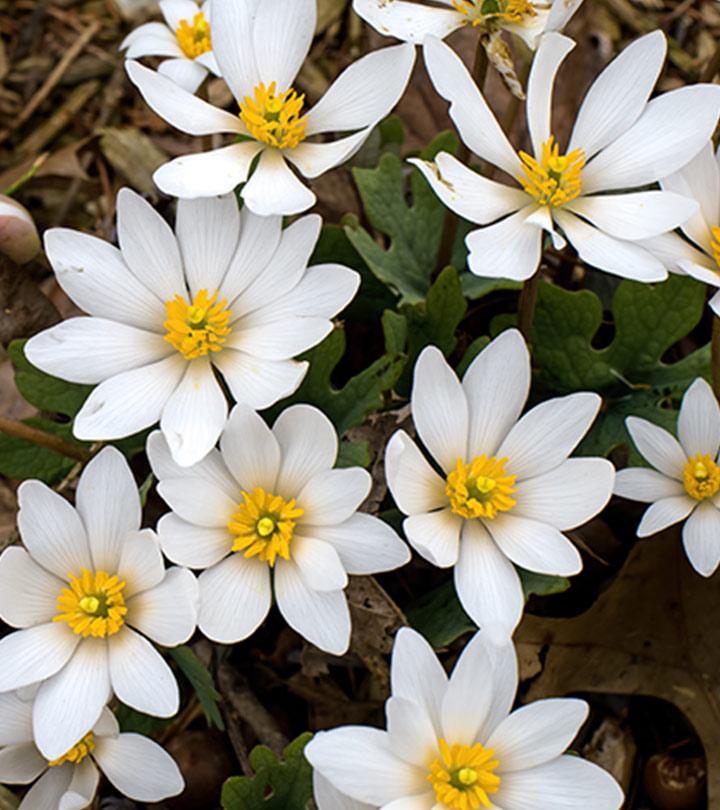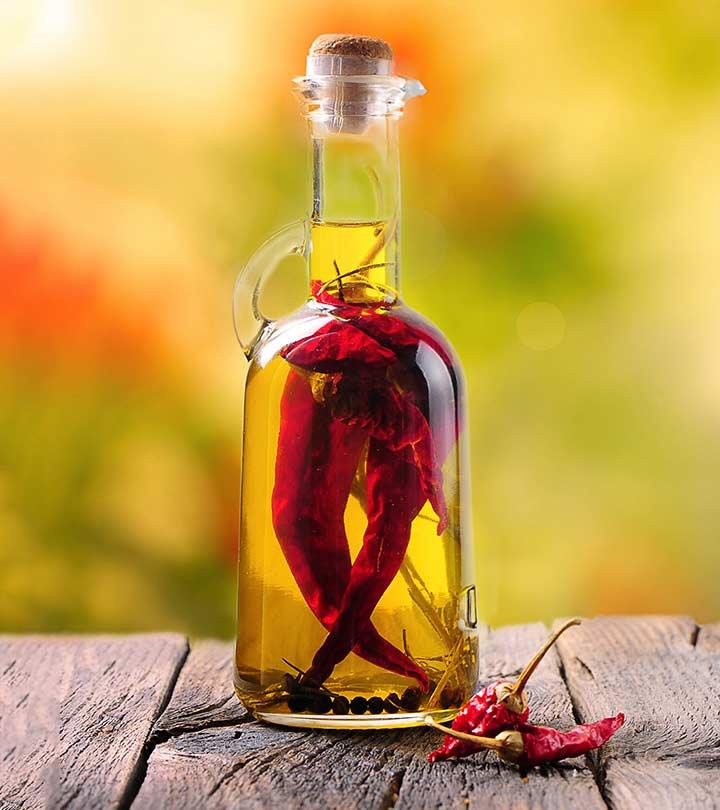8 Benefits Of Burdock Root, Nutritional Facts, & Side Effects
Burdock root is loaded with essential nutrients and is a healthy addition to your diet.
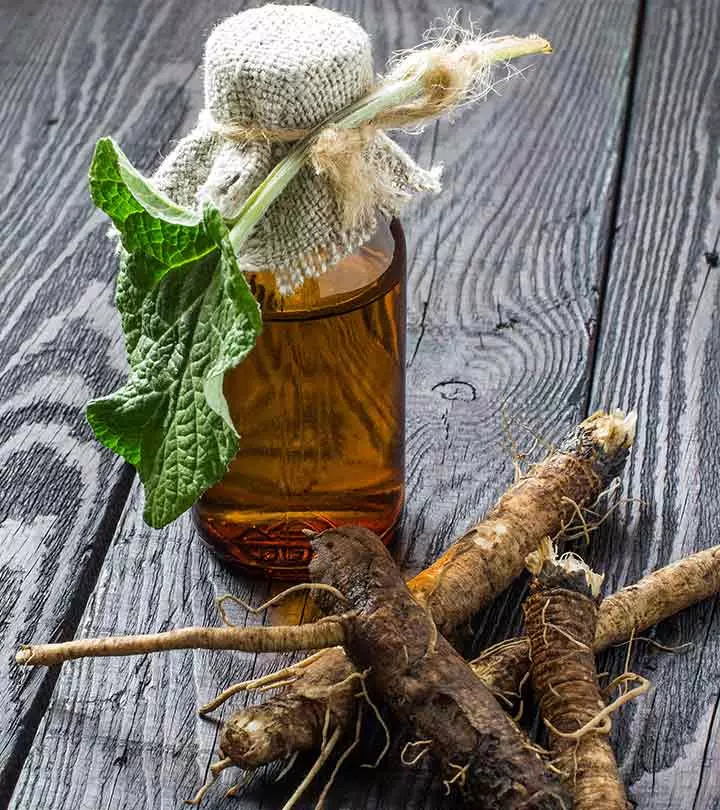
Image: Shutterstock
Edible roots are a part of a healthy diet from ages. Horseradish, onion, carrot, ginger, ginseng, and turnip are a few such roots. But lately, the benefits of burdock root are making it a valuable addition to this list. This ancient root can benefit your lymphatic, digestive, and urinary systems. It offers an array of other important health benefits. Continue reading to know more.
 Know Your Ingredient: Burdock Root
Know Your Ingredient: Burdock RootWhat Is It?
A root vegetable that belongs to the Arctium genus of the Asteraceae family.
What Are Its Benefits?
It may prevent hair fall, purifies blood, treat PCOS, improve digestion, and kidney function, and reduce skin redness and inflammation.
Who Can Consume It?
It is safe for all except those who are allergic to plants from the Asteraceae family and children under 18 years of age.
How Often?
It can be consumed daily in moderation.
Caution
It may aggravate dehydration and may cause allergies in some. Also, pregnant and breastfeeding women should avoid it.
In This Article
What Is Burdock Root?
Belonging to the Arctium genus of the beautiful Asteraceae family, burdock plants (or cockle buttons) are native to Europe and Asia. But of late, they are being grown in various parts of the globe.
 Trivia
TriviaDue to its crisp, muddy, and harsh texture and mildly pungent but sweet taste, burdock root is gaining popularity in the food and beverage industry. But, why should you add it to your ‘root list’? Read on, I say!
What Are The Benefits Of Burdock Root?
Burdock root is a rich source of fiber and has high water content. It contains polyphenols that have antioxidative, anti-inflammatory, anti-cancerous properties.
The root not only purifies your blood but also enhances the health of your hair, skin, gut, and kidneys. Continue reading to know how it does so.
1. Prevents Hair Fall
Your head has about 1,50,000 hair follicles, and 80-90% of them are in the growing phase (anagen) at a given point in time while the remaining are in the resting phase (telogen). The proportion of follicles in the anagen and telogen phases decides the magnitude of your hair fall.Burdock roots contain tannins, fiber (inulin), essential fatty acids, and vitamins that promote hair growth and cure rapid hair fall.
How To Use
You can either boil burdock roots in your regular hair oil or add the tincture to water and apply directly to the scalp.
2. Purifies Blood
The simplest way to good skin and hair is good or pure blood. That’s exactly what burdock root does. It has antioxidants and flavonoids like quercetin that scout for toxic ions and microbes in your blood and eliminate them (1). This eventually makes your blood free of impurities and infections – offering a complete detox!
How To Use
You can brew a small cup of tea with burdock root powder or crushed burdock root in it (like ginger). Burdock root tea benefits your skin as well as your internal organs through detoxification.
You might also try chewing on some raw (cleaned) burdock root with some sea salt.
3. Burdock Root Has Anti-aging And Anti-inflammatory Properties
Since it acts on the blood and circulatory system, burdock root has a direct effect on the skin health. Active compounds like arctiin, lignans, etc. have matrix-stimulating properties, which give you supple, younger-looking skin and soothe inflammation (2). It also fights acne and eczema due to its blood purifying activity.
How To Use
You can make a burdock root pack by mixing dried root powder with water and applying like any other face pack.
4. Prevents And Fights Cancer
A 2011 study explains the activity of burdock root extract against certain types of cancers – especially those of the liver and pancreas (3). The anti-inflammatory and anti-cancerous properties of these roots are due to the presence of caffeoylquinic acid derivatives (4). These act directly on the proliferating cancer cells and stop them from metastasizing.
How To Use
Incorporate burdock root or its extract in any way in your diet to reduce the risk of cancer as well as treat cancers in the initial stages.
5. Boosts Organ Health And Immunity
Due to the presence of caffeoylquinic acid derivatives, burdock roots have a hepatoprotective effect, i.e., they protect the liver and its cells (5). Patients with liver injuries due to alcohol or drug abuse can consume these in regulated doses.
If you have an enlarged spleen, which indicates compromised immunity, you are on the right page! Since burdock root cleanses your blood, which is filtered by your spleen, it indirectly cleanses and protects it too.
How To Use
You can make a concoction of burdock roots boiled with other herbs like ginseng or licorice roots in water and consume in small doses for best results.
6. Treats PCOS And Menstrual Abnormalities
Polycystic Ovary Syndrome (PCOS) has now become more common than pimples in women. Traditional medicine in Asia and Africa used burdock roots to cure menstrual irregularities.
Since burdock root fights the free radicals and other oxidants present in the blood by acting on the liver and spleen, the secretion of estrogen and progesterone gets regulated. Burdock root benefits for women include reducing hormonal imbalance, which is usually the primary reason for PCOS.
How To Use
You can consume a concoction or tea or eat the raw root in small doses for relief from menstrual cramps and irregular periods.
7. Promotes Kidney Health
One of the zillion burdock root benefits is its diuretic activity. A diuretic agent expels excess water and prevents fluid retention and toxin accumulation in our body. Burdock root stimulates increased urine production and blood purification, aiding the kidneys in doing their job. It eases the pressure on them and ensures they‘re happy and kickin’!
How To Use
Having them in small portions daily with your meals will detoxify the urinary system and prevent the formation of stones in the kidneys and gallbladder.
8. Aids Digestion And Assimilation
According to a study, inulin, a dietary fiber extracted from plants like burdock, promotes the growth of certain beneficial gut bacteria (6). Which is why you can use burdock root as a prebiotic in your diet – it helps in better digestion and assimilation of nutrients in your gut.
In addition, this root may act as a detox. Danetha, a blogger, used burdock root tea to detox her body. She wrote, “I have been drinking burdock root tea for detoxing purposes for the last few years and absolutely love how it makes me feel. And this year, I have noticed my skin going through a cleansing as well (i).”
The nutritional profile of burdock root is responsible for the benefits listed above.
It is packed with nutrients, vitamins and minerals, which give these amazing benefits. It has high levels of folate, calcium, omega-3 fatty acids, and roughage, which make it a necessary supplement to the diet.
| Nutrition Facts Serving Size 125g | ||
|---|---|---|
| Amount Per Serving | ||
| Calories 110 | Calories from Fat 1 | |
| % Daily Value* | ||
| Total Fat 0g | 0% | |
| Saturated Fat 0g | 0% | |
| Trans Fat | ||
| Cholesterol 0mg | 0% | |
| Sodium 5mg | 0% | |
| Total Carbohydrate 26g | 9% | |
| Dietary Fiber 2g | 9% | |
| Sugars 4g | ||
| Protien 3g | ||
| Vitamin A | 0% | |
| Vitamin C | 5% | |
| Calcium | 6% | |
| Iron | 5% | |
| Vitamins | ||
| Amounts Per Selected Serving | %DV | |
| Vitamin A | 0.0IU | 0% |
| Vitamin C | 3.5mg | 6% |
| Vitamin D | ~ | ~ |
| Vitamin E (Alpha Tocopherol) | 0.4mg | 2% |
| Vitamin K | 1.9mcg | 2% |
| Thiamin | 0.0mg | 1% |
| Riboflavin | 0.0mg | 2% |
| Niacin | 0.4mg | 2% |
| Vitamin B6 | 0.3mg | 14% |
| Folate | 45.9mcg | 11% |
| Vitamin B12 | 0.0mcg | 0% |
| Pantothenic Acid | 0.4mg | 4% |
| Choline | 13.8mg | |
| Betaine | 0.2mg | |
| Minerals | ||
| Amounts Per Selected Serving | %DV | |
| Calcium | 48.4mg | 5% |
| Iron | 0.9mg | 5% |
| Magnesium | 44.8mg | 11% |
| Phosphorus | 60.2mg | 6% |
| Potassium | 363mg | 10% |
| Sodium | 5.9mg | 0% |
| Zinc | 0.4mg | 3% |
| Copper | 0.1mg | 5% |
| Manganese | 0.3mg | 14% |
| Selenium | 0.8mcg | 1% |
| Fluoride | ~ | |
And if you are still not convinced about adding it to your diet, here are some interesting facts about burdock root and its relatives.
- Dandelion and burdock are close cousins biologically. You can supplement your soup or concoction with it for added benefits.
- The skin of burdock root has a higher proportion of antioxidants and flavonoids. Try cleaning the root thoroughly and cooking it unpeeled.
- Chicory, the primary component of our Indian tea (Assam, Nilgiri, etc.), is also a close relative of burdock. Avoid drinking chicory tea if you are dehydrated.
- Burdock root fights off diabetes and helps regulate blood sugar levels by improving the health of the pancreatic cells and reducing free insulin levels in the blood.
- Belladonna and Nightshade, the deadly weeds, share a close resemblance with the burdock plant. Beware of what you pick.
- High levels of potassium, magnesium, and fiber make burdock root a must-add to the “heart healthy” diet list.
This graph from a 2021 study published in Foods shows the volatile compounds found in burdock root powder. A total of 181 volatile components belonging to eight categories were detected in BRP, and their proportions decreased in the following order: hydrocarbons > alkenes > aldehydes > alcohols > acids > esters > ketones. More than 48% of the volatile compounds were linear or aromatic hydrocarbons and alkenes. The most abundant aroma components in BRP were hydrocarbons, followed by aldehydes.
Volatile compounds in Burdock root powder
Source: Comparison of Nutritional and Nutraceutical Properties of Burdock Roots Cultivated in Fengxian and Peixian of China Trivia
TriviaWhoa! That‘s quite a lot of information on a root. Looking at the nutritional data and facts of this ingredient you, of course, will want to buy a bag of this immediately. But how do you include it in your diet? The following recipe could be a good place to start.
Burdock Root Recipe
Burdock Root Stir Fry
Ingredients
- 2 burdock roots
- 1 carrot, julienned
- 1 tablespoon of sesame oil
- 2 tablespoons of soy sauce
- 1 tablespoon of honey
- 2 garlic cloves, minced
- 1-inch ginger, grated
- Green onions, for garnish
- Pepper and salt, as needed
Instructions
- Peel and slice the burdock roots and place them in a bowl of water with a little vinegar.
- Heat the sesame oil in a pan. Add the grated ginger and minced garlic and sauté.
- Add in the root and julienned carrot to the pan. Stir fry for a few minutes until the vegetables soften.
- Add soy sauce and honey and stir well to coat the vegetables evenly. Season with salt and pepper.
- Continue stir-frying until the burdock root and carrots are cooked, for about 5 to 7 minutes.
- Remove from heat and garnish with sesame seeds and chopped green onions.
But, let’s think about the flipside. What could be wrong with adding such an ideal candidate to your diet?
Are There Any Side Effects Of Including Burdock Root In Your Diet?
- Causes Allergies
If you are allergic to plants from the Asteraceae family, like daisy, aster, chamomile, chrysanthemum, dandelion, dahlia, and lettuce, you are likely to develop an allergy to burdock as well. Consult your physician if you wish to include burdock in your diet despite the hypersensitivity.
- Might Not Be Fit For Pediatric Use
There is very less information regarding the use of burdock roots for children. It has done less good and more harm in children under the age of 18. Consult your physician before adding that piece of burdock to your kid’s meal.
- Burdock Root Affects Pregnancy
Burdock root is known to be an oxytocic agent and uterine stimulant. It induced uterine contractions (labor, in simple terms) in women who consumed it during pregnancy, according to a study (7). It increases the risk of premature labor as well.
Pregnant women should either refrain from having burdock root or do so under strict medical supervision. Same is the case for couples in the preconception stage.
- Aggravates Dehydration
Imagine what would happen to your body if you are suffering from diarrhea, vomiting, hot flashes, and you are asked to take a serving of burdock root soup? Ouch! That would drain you off because it is a diuretic.
Think before consuming any of the diuretic agents containing flavonoids when you are dealing with dehydration.
Infographic: Burdock Root Forms
Burdock root has been used for centuries as a remedy for many ailments. From purifying blood to aiding digestion, burdock root helps treat many illnesses. In addition, this edible plant root is available in several different forms. Click on the infographic below to learn more about them. Illustration: StyleCraze Design Team
Burdock root is an edible root vegetable that promotes good health. It is packed with many beneficial nutrients that offer a wide range of benefits. Burdock root benefits can be attributed to its powerful antioxidants, dietary fiber, folate, and omega fatty acids. These improve digestion and boost immunity and kidney function. Additionally, the root has anti-inflammatory and anti-aging properties and helps keep your hair healthy. You can take burdock root supplements or powders to reap its benefits. However, the root may also aggravate dehydration in a few. Since the safety standards have not been determined yet, pregnant and breastfeeding women should consult a doctor before consuming burdock root.
Frequently Asked Questions
How often should you use burdock root?
If you are taking burdock in capsules or supplemental form, limit it to 1 to 2 grams twice a day. If it’s a tincture, the dosage is 2 to 4 ml per day.
Does burdock root cleanse the liver?
Yes, burdock root has cleansing properties that can effectively eliminate toxins from the bloodstream and cleanse the liver, thus improving liver health.
Is burdock good for weight loss?
Yes, burdock is good for weight loss. It boosts detoxification, accelerates various bodily functions like metabolism, and supports weight loss.
Key Takeaways
- Burdock roots contain carbohydrates, dietary fiber, vitamins, and minerals.
- These roots purify the blood, benefit the skin, and reduce skin redness and inflammation.
- They also control hair fall, improve hair growth, and benefit overall hair health.
- Burdock roots improve the digestive system, immune system, and respiratory problems and relieve joint pain.
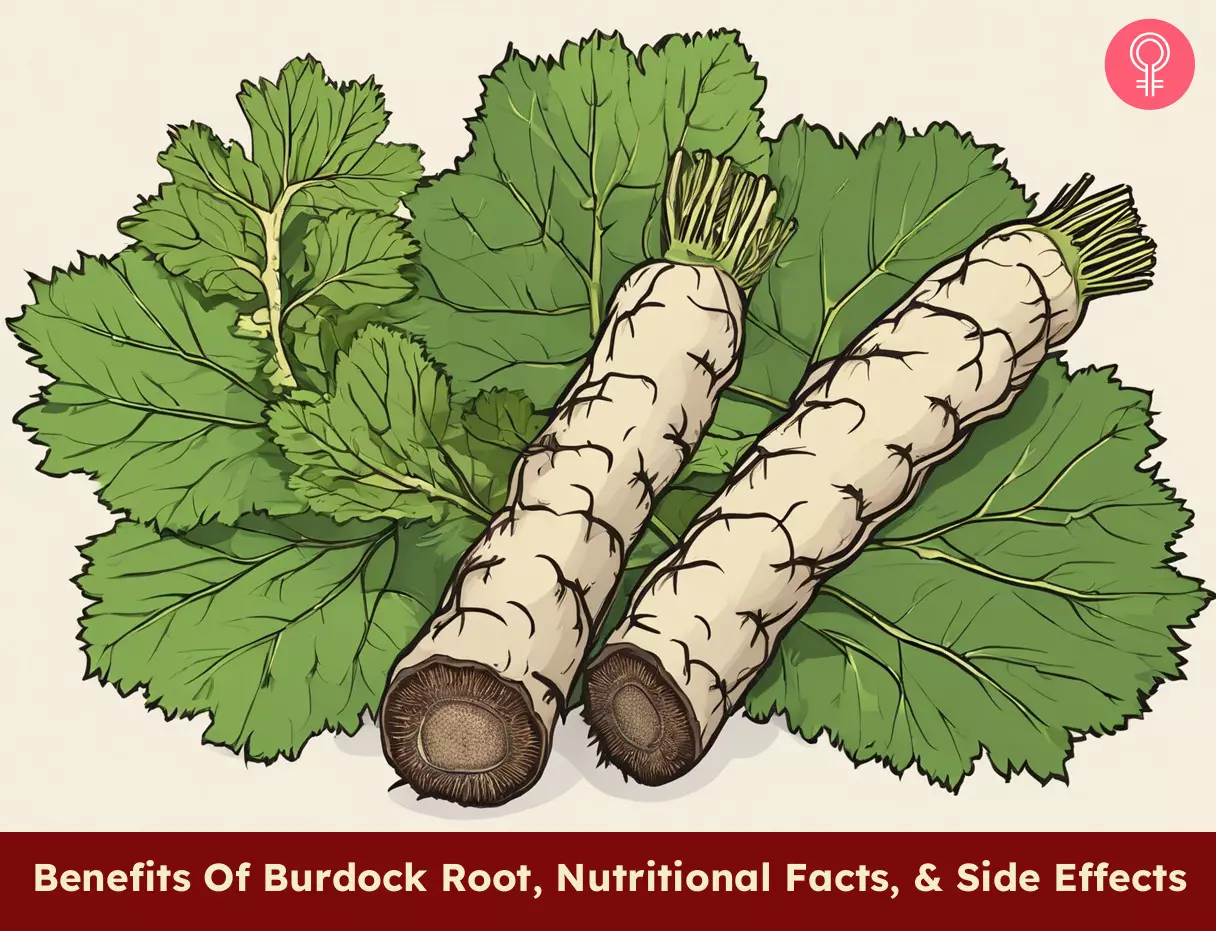
Image: Stable Diffusion/StyleCraze Design Team
Get to know about burdock root, and the numerous health benefits it has to offer. Watch this video to also know about its nutritional facts and its uses.
Personal Experience: Source
StyleCraze's articles are interwoven with authentic personal narratives that provide depth and resonance to our content. Below are the sources of the personal accounts referenced in this article.
i. The Benefits Of Using Burdock Root Tea As A Detoxhttps://www.moneyandmimosas.com/lifestyle/2019/10/4/the-benefits-of-burdock-root-tea-as-a-cleanse-for-the-fall
References
Articles on StyleCraze are backed by verified information from peer-reviewed and academic research papers, reputed organizations, research institutions, and medical associations to ensure accuracy and relevance. Read our editorial policy to learn more.
- Metabolic profile of the bioactive…” Journal of Pharmaceutical and Biomedical Analysis
- “Natural Arctium lappa fruit…” US National Library of Medicine
- “Antioxidative and in vitro antiproliferative activity…” International Society for Complementary Medicine Research (ISCMR)
- “Antioxidative caffeoylquinic acid derivatives…” Journal of Agricultural and Food Chemistry
- “Hepatoprotective effects of Arctium lappa…” US National Library of Medicine
- “Prebiotic effectiveness of inulin extracted…” ScienceDirect, Food Microbiology
- “Herbal medicinal products during…” BJOG: An International Journal of Obstetrics and Gynaecology
Read full bio of Anna Jones
Read full bio of Ravi Teja Tadimalla
Read full bio of Himanshi Mahajan





